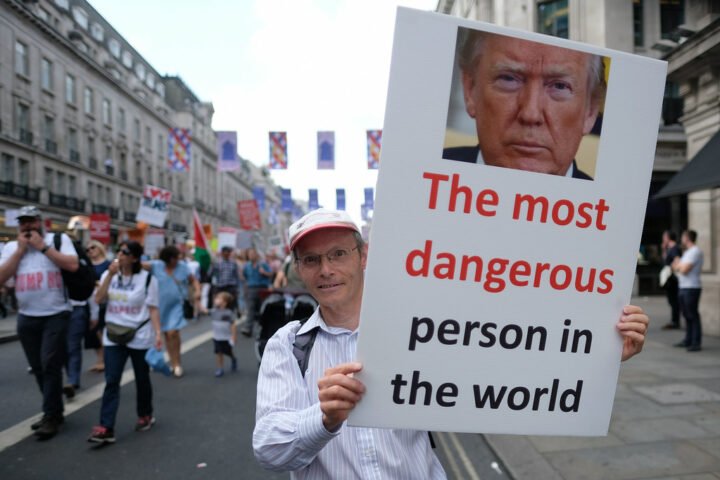Summary
- A recent report by the Hamilton Project and Brookings Institution found that implementing a carbon price, along with maintaining existing climate policies, is the most effective way to meet America’s climate commitments.
- The report compared different climate policy approaches, including a clean electricity standard and subsidies, and concluded that a carbon price would be the most efficient and cost-effective option.
- A carbon price would provide a pricing signal to every sector of the economy, incentivizing industries to reduce emissions in the most economical way possible.
Key take-aways from the article:
Of the seven scenarios modeled in the report, only one came close to meeting America’s Paris commitment of cutting our climate pollution 50% by 2030: keeping the IRA and EPA rules in place, and adding a modest carbon price. The authors found that this combination of solutions would achieve 47% cuts by 2030, and it’s fair to say that also implementing clean energy permitting reform and/or a more ambitious carbon price like that in the Energy Innovation Act would get us to our 50% commitment.
[..]
A carbon fee on the other hand would hit virtually every sector of the economy with a pollution pricing signal, and hence was found to be the most effective post-IRA climate policy.
The report also concluded that a carbon price would be the most cost-effective way to curb carbon emissions. That’s because putting a price on pollution provides a financial incentive for industries to reduce their emissions in the cheapest way possible. Providing subsidies to individual clean technologies and regulating electrical utilities are less economically-efficient approaches. And so a carbon price remains the best climate policy option on the table.
Read the full post at Citizens Climate Lobby.





